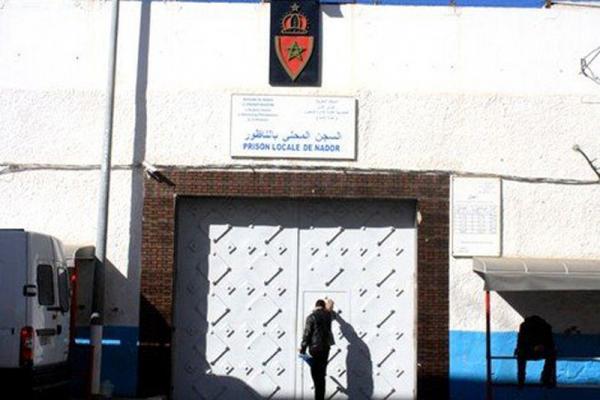Nadhour Prison
This prison is located on the high hills of Bizerte. Bizerte was, until the day of independence, one the most important military French bases. Until the mid-1990s, this prison was called ‘Burj Al-Rumi’ and then, it was renamed as the prison next to it, ‘Burj Al-Rumi’ This prison was originally a store of ammunition and a place where soldiers were punished. In 1964, it began to be used as a prison where convicts from Karraka and Ghar Al-Milh were transferred to. Then, it became a place for detainees serving long-term sentences. In 1968, leftist and national opponents were taken to this prison where they were isolated and abused. Prisoners were placed in low, dirty and extremely humid cells where they discovered former prisoners of Ghar Al-Milh in underground cellars, crypts or caves under their cells. Old prisoners underground were tied with shackles in an environment that lacked in cleanliness, light and fresh air.
The underground cellar continued to be used for punishment and humiliation until the beginning of 1990s. Students, trade unionists, followers of Islamic parties and leftists have all been here. Several novels and diaries have talked about this prison, describing it, and commenting on the torments and pains experienced in there. For almost half a century, this prison was a symbol of oppression, abuse and arbitrariness. After the revolution, the Burj Al-Rumi cave was opened for civil society organizations. From his part, the former/late president of the Republic approved the principle of turning this prison into a site of memory and conscience. However, this decision was never translated into action.
